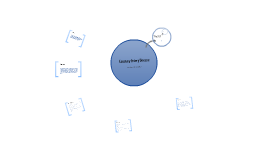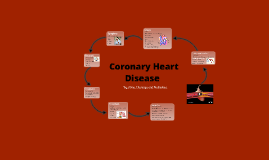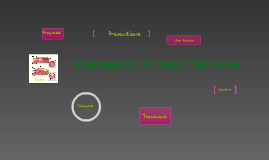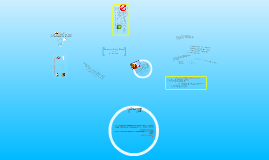Coronary Artery Disease
Transcript: Heart disease is the leading cause of death and a major cause of disability in the United States. More than 600,000 Americans die of heart disease annually. This represents almost 25% of all U.S. deaths. To raise awareness of this disease, February has been recognized as “American Heart Month” since 1963. Coronary Heart Disease (CHD) The prevalence of CHD in men is an estimated 8.8 million. Among men age 20 and older, 8.5% of non-Hispanic whites, 7.9% of non-Hispanic blacks and 6.3% of Mexican Americans have CHD. One in three women over the age of 20 has some form of cardiovascular disease. It strikes women at younger ages than most people think, and the risk rises in middle age. According to the Centers for Disease Control and Prevention, heart disease is the third most common cause of death among women ages 25 to 44 years old and two-thirds of women who have heart attacks never fully recover. In "Fasting and Eating for Health", A medical doctor's program for conquering disease by Neal D. Barnard, M.D., Mr. Barnard states that modern research has confirmed the folk adage that eating less, and especially eating less fats and high-protein animal foods, prolongs life. range of distribution Heart Failure Heart failure doesn't mean your heart stops working. It means the heart can't pump enough blood to meet the body's needs. Over time, the heart gets bigger to hold more blood, it pumps faster to increase the amount of blood moving out of it, and the blood vessels narrow. The heart muscle may also weaken, reducing the blood supply even more. Most cases of heart failure are the result of coronary artery disease and heart attacks. Heart Attack Animated Stent Animation Stent Animation If your a smoker, you've heart this a million times STOP! You increase your chances of cancer 4 more times than average! treatment Stents are small expandable tubes used to treat narrowed or weakened arteries in the body. In patients with coronary heart disease, caused by the buildup of plaque, stents are used to open narrowed arteries and help reduce symptoms such as chest pain (angina), or to help treat a heart attack. Age-adjusted mortality rates for coronary heart disease (CHD) have declined steadily in the United States since the 1960s (1). Multiple factors likely have contributed to this decline in CHD deaths, including greater control of risk factors, resulting in declining incidence of CHD, and improved treatment (2). Greater control of risk factors and declining incidence can reduce CHD prevalence, whereas improved treatment that results in lower mortality rates and more persons living with CHD can increase prevalence. An epidemic of coronary heart disease began during the 20th century in most industrialized countries, where CHD is a leading cause of mortality among adults. Inside Coronary Artery Disease HEART FAILURE Inside a Heart Attack The number one key to a healthy heart is to eat right and excercise! morbidity

















